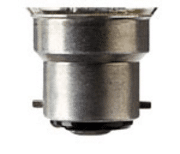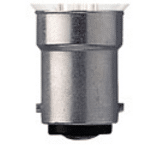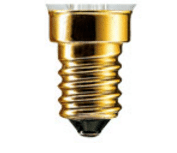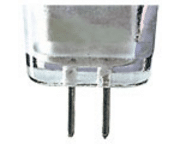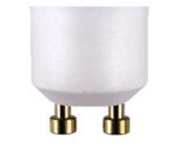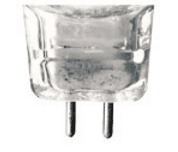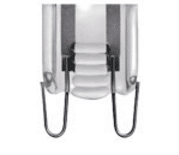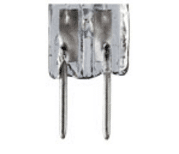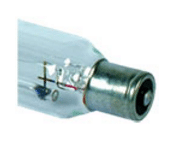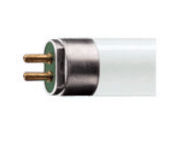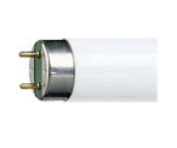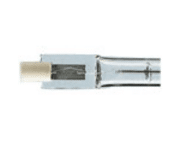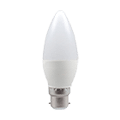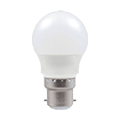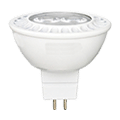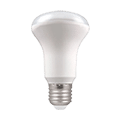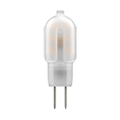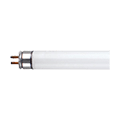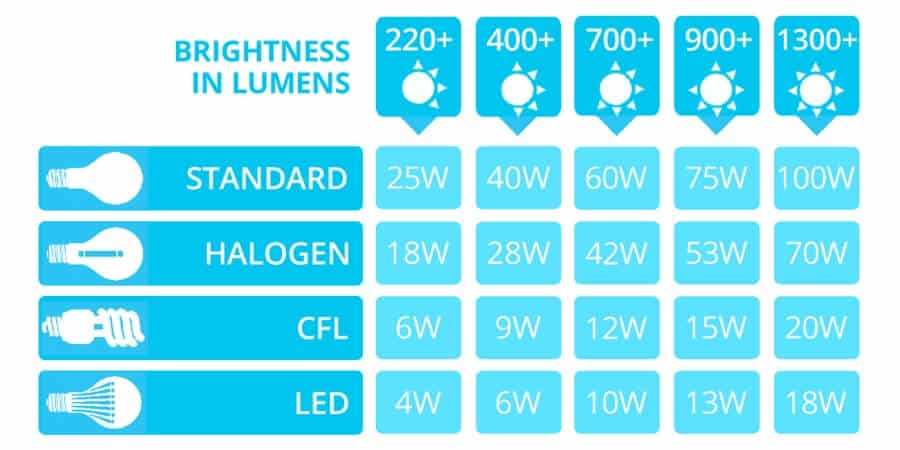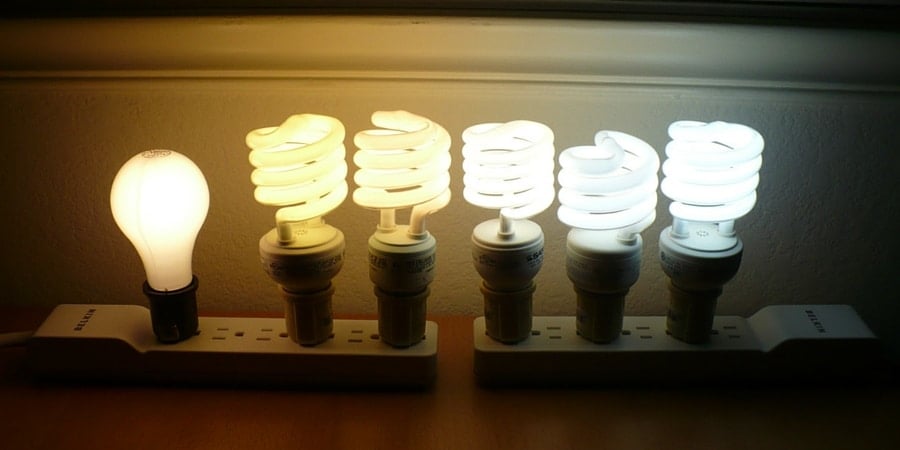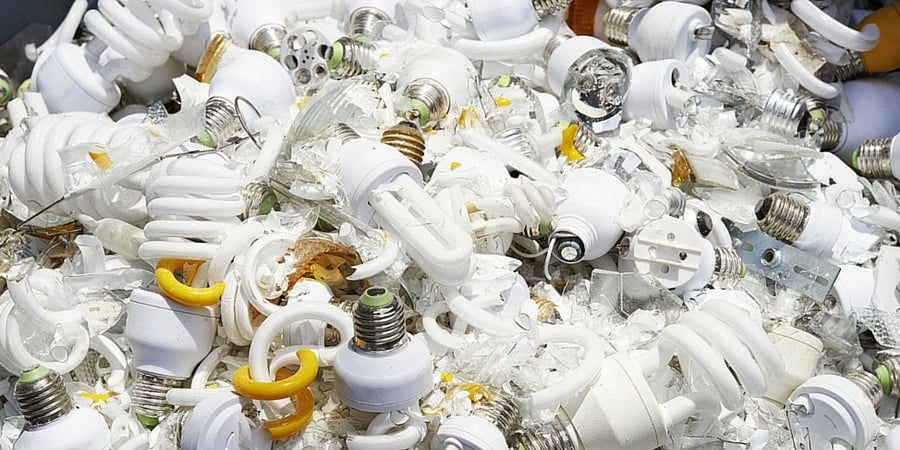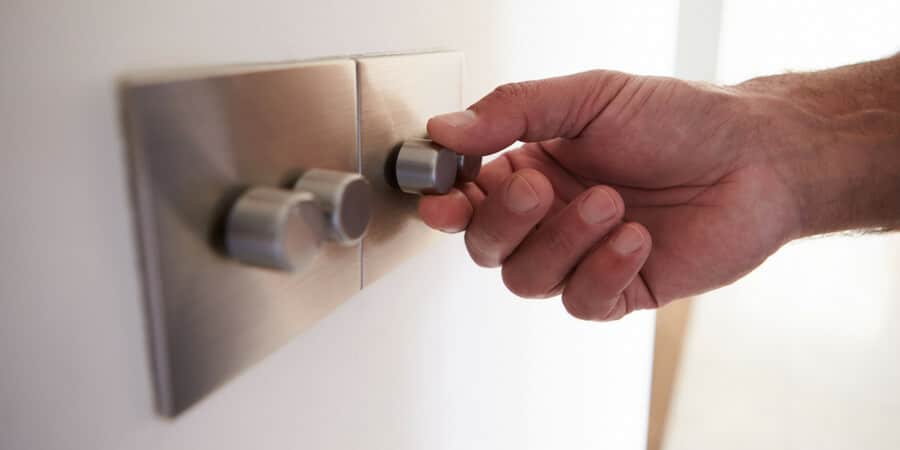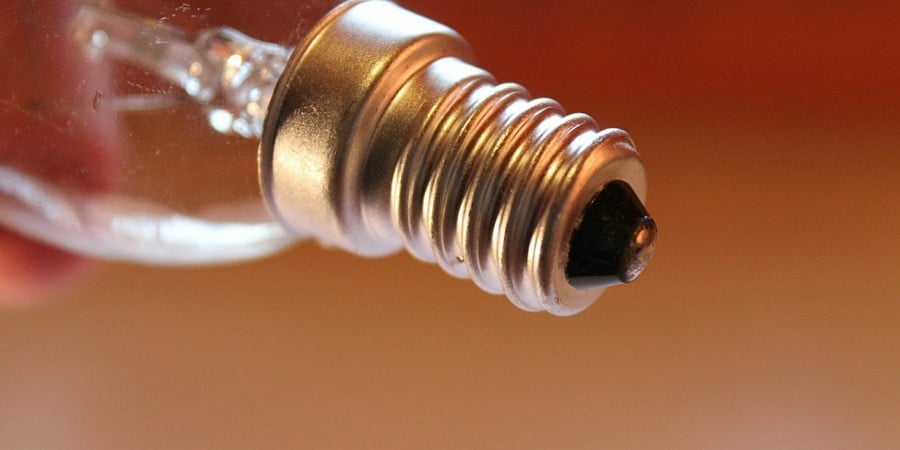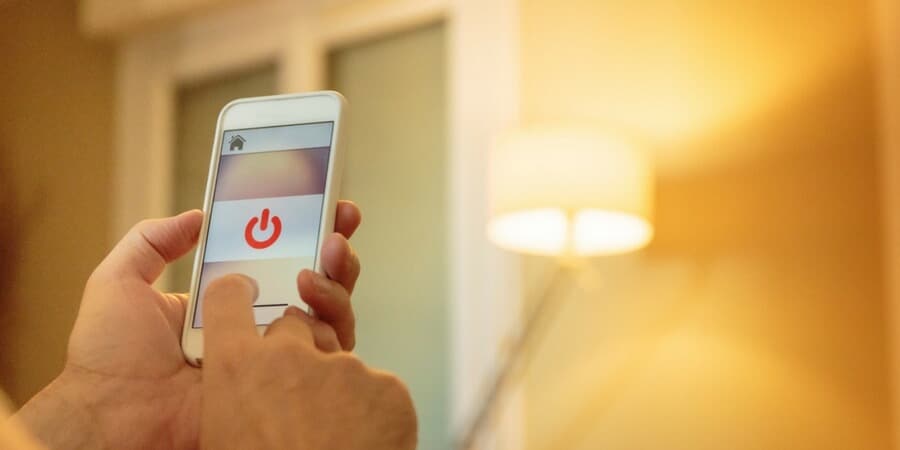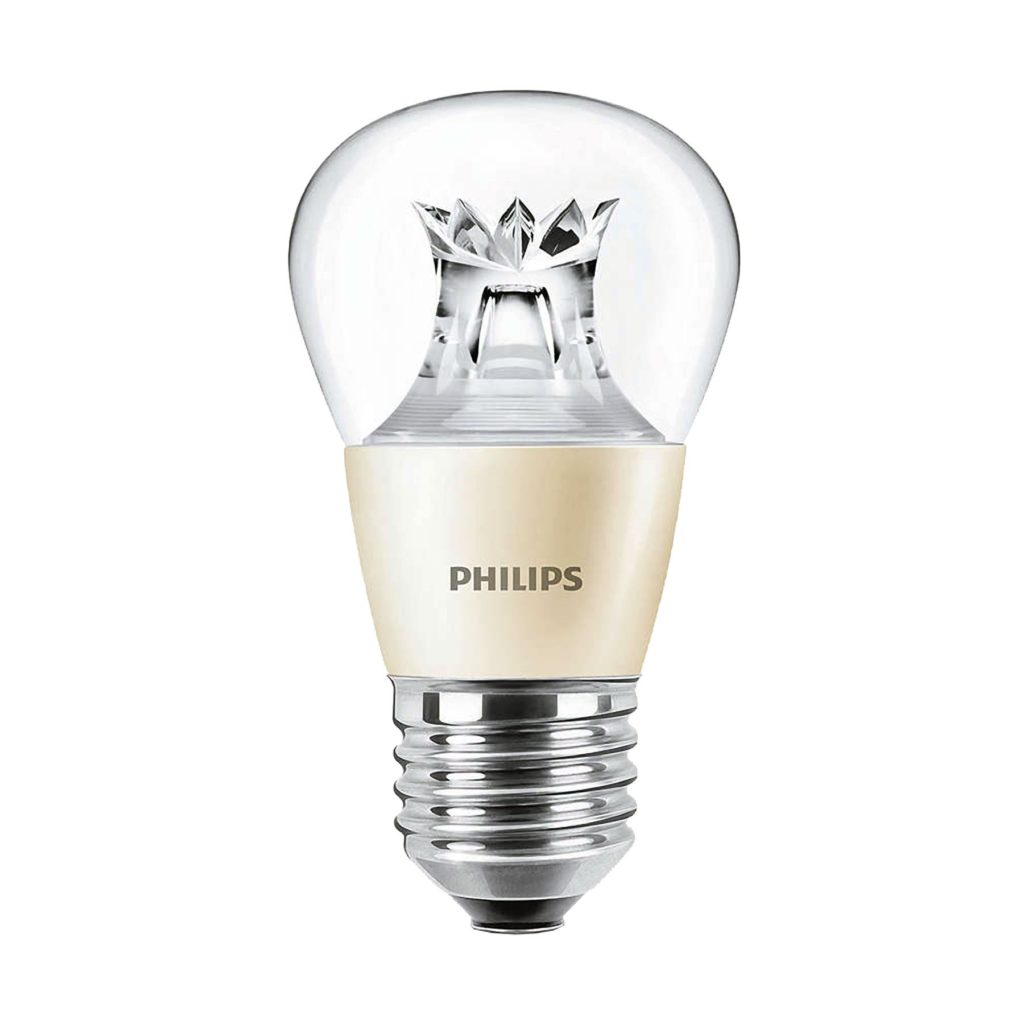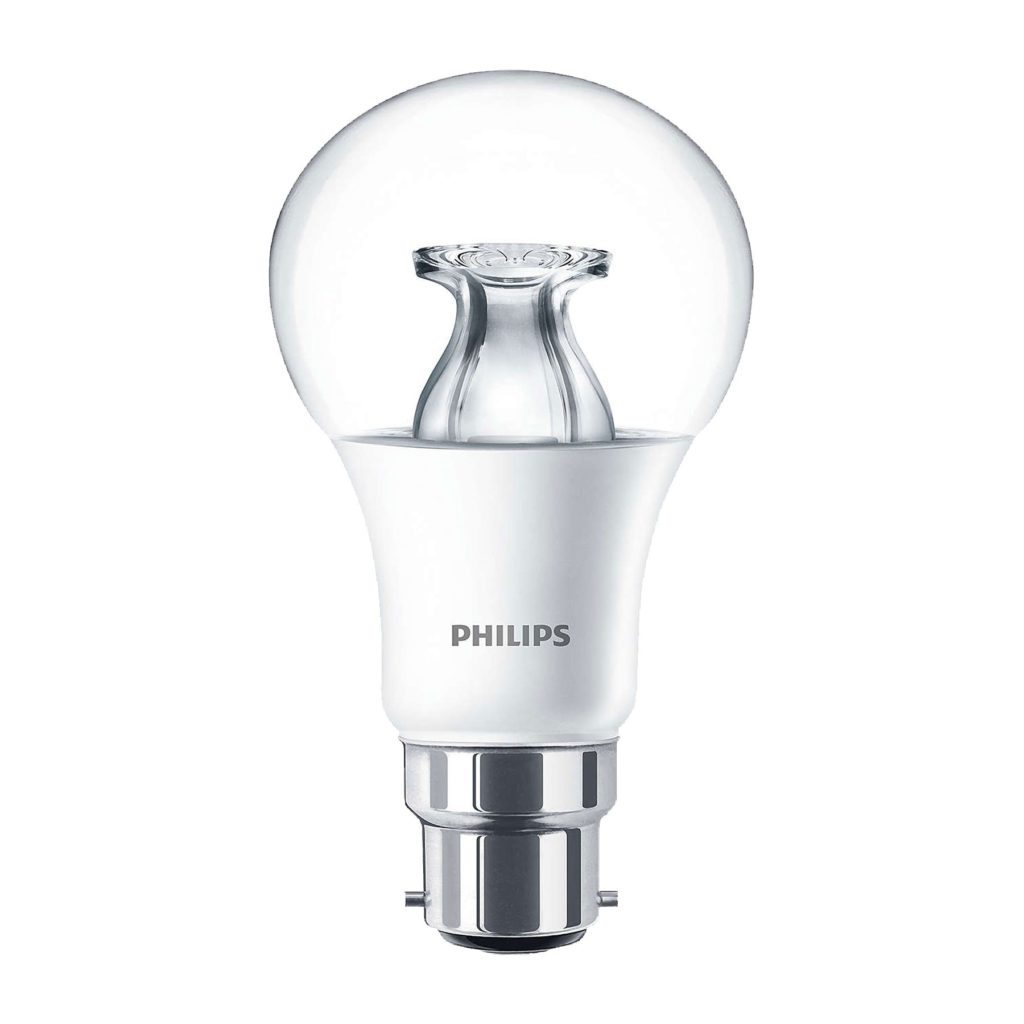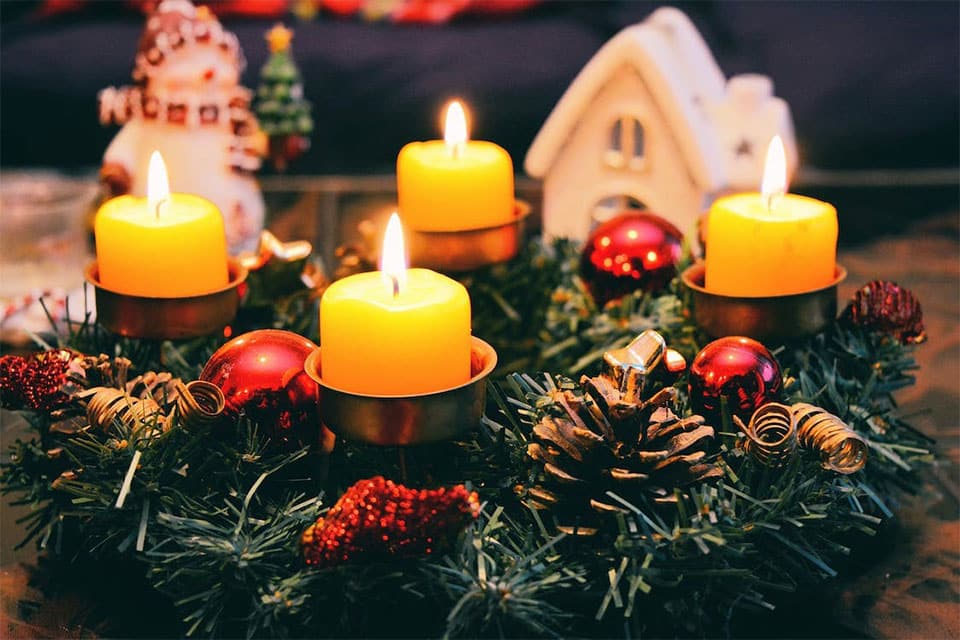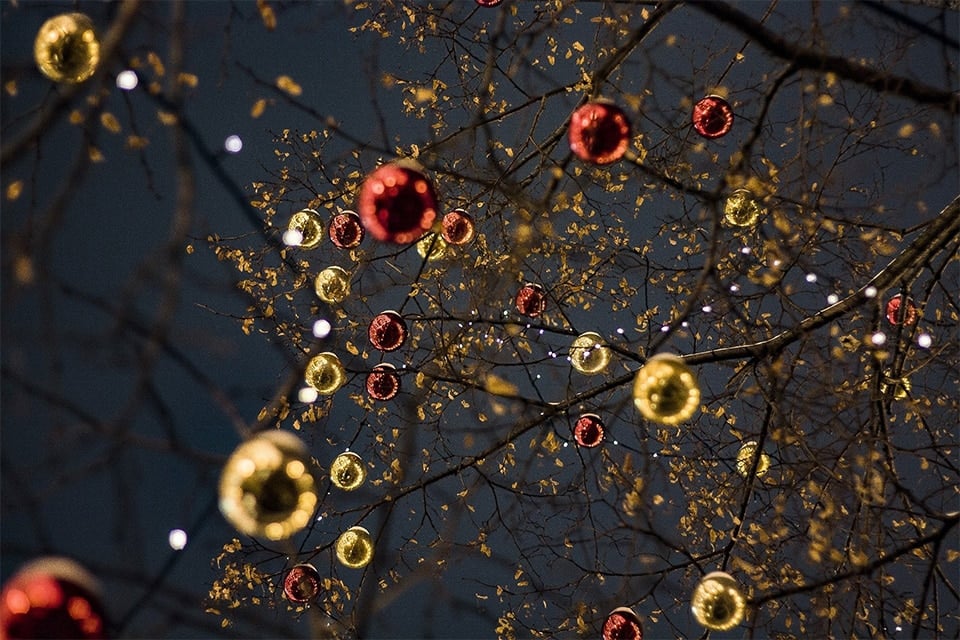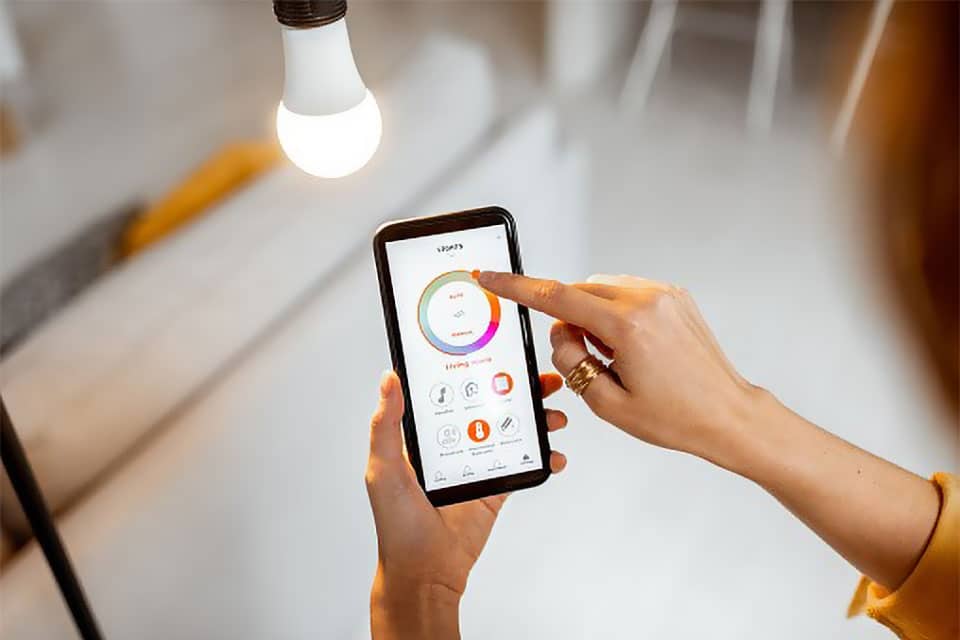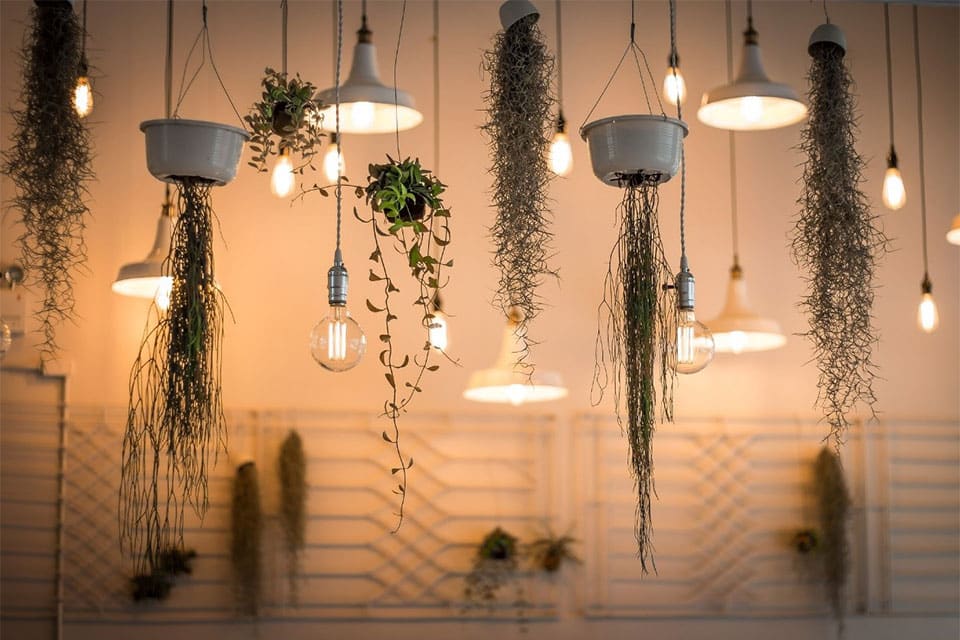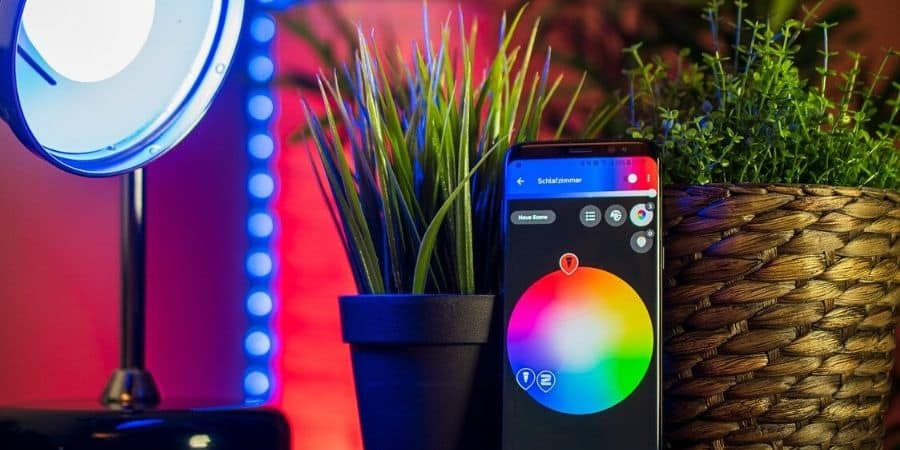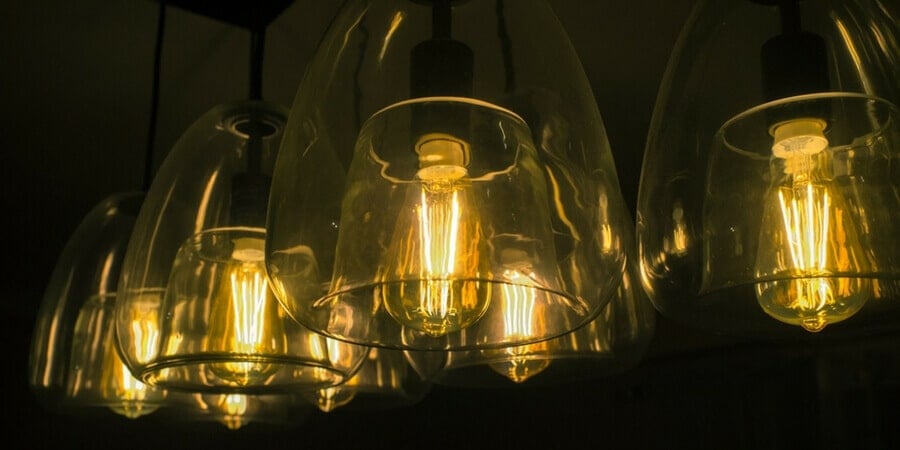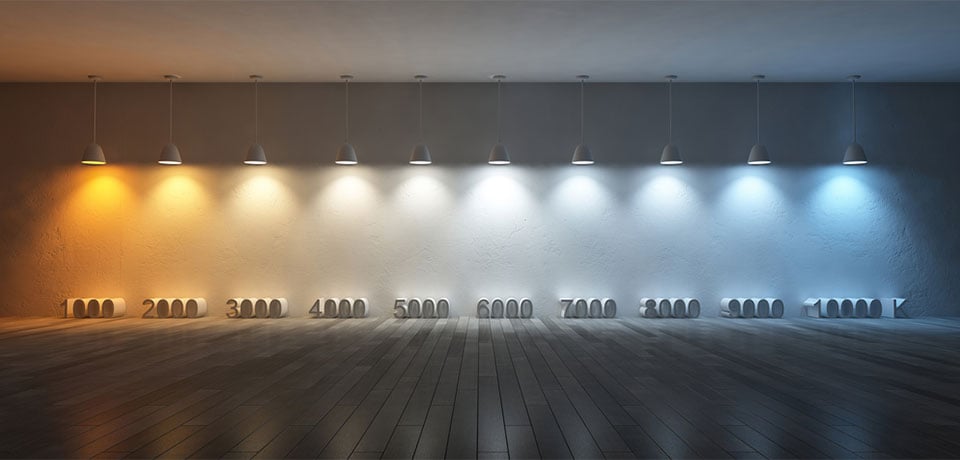Ongoing advances in technology and the digital nature of LEDs have opened up a whole new world of lighting possibilities, including:
- LiFi
- Smart lighting
- Colourful and colour changing bulbs
- Camera and projector improvements
Let’s take a closer look at these advanced features.
LiFi
This technology was first demonstrated by Professor Harald Haas in 2011. Short for “Light Fidelity”, LiFi is similar to the WiFi you use to connect to the internet because it uses wireless communication to transmit data. Unlike WiFi, which uses radio waves to transmit data, LiFi uses visible light and a Visible Light Communications system.
Here’s how it works:
- An LED light bulb with LiFi signal processing technology receives data.
- The data is embedded in the light beam and sent by dimming the light’s intensity at a speed so fast that it is invisible to the human eye.
- A USB drive connected to a computer or mobile device receives and converts these signals into a readable form (electrical).
- The electrical signal is uploaded from the USB drive and converted back into a recognisable data stream, displaying the internet as you recognise it today.
For more information, you can still watch Haas’ original TED Talk here to see this technology in action.
Benefits of LiFi
LiFi offers a number of benefits compared to traditional WiFi, including:
- Privacy and security – Unlike WiFi, LiFi can’t pass through walls. While this does present the drawback of requiring multiple LiFi-capable bulbs placed throughout your home or office, it has the benefit of being much more secure because no one outside the room can connect to it.
- Efficiency – Because it’s powered by LEDs, LiFi is highly energy efficient.
- Speed – LiFi operates at 224 gigabytes per second (equal to 224,000 mb/s). In comparison, WiFi theoretically tops out at 300 megabytes per second, but is often much slower: the average UK download speed in 2016 was 22.8 mb/s (Mercer, 2017).
While this incredible innovation is not yet available for public use, you may one day soon be turning on a lamp to check your email.
Smart Lighting
Smart lighting and home automation is something you’ve probably been hearing a lot about lately. It allows you to control your light bulbs and other electronic devices in your environment from a remote application, such as your mobile phone or home automation system, rather than dedicated switches with control over one or two devices. Because these light bulbs are programmable, they offer all kinds of additional features, such as:
- Preset on/off times
- Voice control
- Built-in speakers for audio capabilities
- Colour-changing
- Scheduled dimming that can be set to coincide with your sleep patterns
- Remote control so you can turn the lights on or off from outside your home
- Geofencing and motion-sensitive technology so that the lights come on as soon as you enter a room
- Integration with other Smart Home devices for even greater control over your environment
These integrative features and automatic functions offer a new level of convenience, making it easier for you to stay comfortable as you move around your house, save money on your electric bill, and add an extra-layer of security by creating the appearance that you’re at home during vacations. App-compatible Smart Bulbs even make it possible for you to create event triggers that will change the lighting, such as weather alerts.
Colour
Light bulbs come in a wide range of hues, but most often the focus is on the bulb’s colour temperature. Unlike traditional light bulbs, which require a gel or special coating that needs to be replaced in order to change the colour of the bulb, some LEDs are capable of recreating all colours of the rainbow without the use of gels or coatings. This makes it possible to have fun with your lighting design and set the mood with a variety of different shades.
On top of their wide-range of available colours, LED bulbs are also capable of changing temperatures. Osram Colour Changing and Philips DimTone bulbs both produce two different temperatures by dimming the bulb or turning it on and off again, making it easy for you to have the right colour temperature to keep you alert or help you relax throughout your day.
Cameras & Projectors
Some LED light bulbs are combined with other technologies to make them capable of capturing and projecting images, adding new possible uses for light bulbs:
- Cameras: Cameras have been added to LEDs with home security in mind. These bulbs are motion activated, so when someone approaches your house, the light would switch on and the camera will start operating, allowing you to see who is at your door.
- Projectors: By connecting to your smartphone, home automation system, or directly to the internet through LiFi, this type of light bulb projects whatever you are streaming onto any wall or surface, helping you to save space in your home, as well as energy.
While these technologies are not all available commercially, they speak to the incredible potential of LED bulbs for multiple applications outside of simple illumination going forward.
Read More
Find answers to all your questions about LEDs in the rest of our Ultimate Guide to LED Lights:
Part 1: What is an LED and How Do LEDs Work?
Part 2: Advantages of LEDs
Part 3: LEDs vs. Traditional Incandescent Lights
Part 4: Switching to LEDs in 5 Steps
Part 5: How to Buy LEDs
Part 6: History of LEDs
Part 7: Advanced Features (you’re here!)


